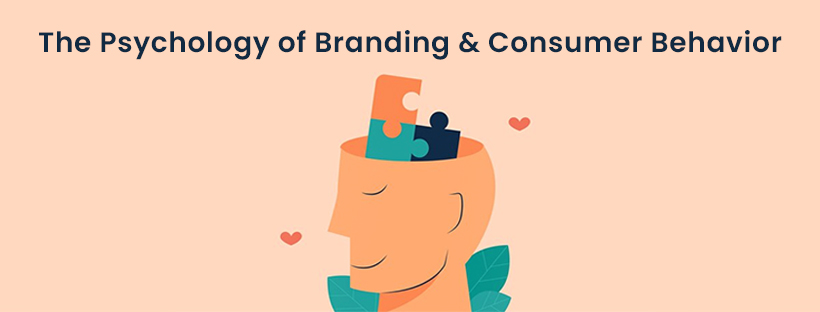Understanding the psychology of consumer behavior plays a pivotal role in strategizing and developing a unique and impactful brand identity for the company. We have seen a huge set of companies grow exponentially by making the best use of branding. At the same time, we have also seen another big bunch of companies struggling to survive or leaving the market without a resonating brand identity. In which category does your company have to fall? It’s your call!
The relationship between a consumer and the brand
A consumer’s mind is always dynamic. They have changing needs, preferences, desires, and perceptions of a product or service. On the other hand, a brand is a unique identity for a product or service the company offers. It may be a logo, tagline, keywords, tone, or voice of the content that the brand speaks for itself.
Now, as responsible branding personnel, you have to keep updating yourself with changing perceptions of your product in the minds of your customers. Also, accordingly, you need to modify your branding and marketing strategies. This creates a successful and resonant brand that aligns with the thoughts of consumers.
Key facets of brand psychology
In the realm of brand psychology, one can study the psychological process of how a customer develops a connection with a brand when seeing, hearing, or touching the products or services. Given below are some key facets of brand psychology:
- Brand image: This is how a brand is positioned in the minds of the target customers through brand interactions and experiences. A positive image leads to credibility. Alternatively, a negative image leads to distrust.
- Brand identity: These include a set of identities like logo, color, tagline, messages, style, etc., that differentiate the brand from its competitors.
- Brand personality: It is the way we define a brand with human characteristics so that it is easy for us to compare it with the target customer’s perceptions, feelings, and thoughts.
- Brand perception: Through advertising and brand messages, the target customers develop an impression of the brand’s traits, personality, value, etc.
- Brand loyalty: This is where a customer has developed extreme brand trust and emotional connection to your brand and ends up repeatedly buying your products without a second thought.
When there are so many aspects and facets around the psychology of brand and consumer behavior, every company must learn to optimize its branding and marketing strategies to achieve customer retention and ultimately brand loyalty.
How do you optimize your branding for a successful emotional connection with your consumers?
- Deep dive and understand your target customer’s behavior, needs, perceptions, and emotions.
- Create a corresponding value for your customers through your products and services.
- Develop brand awareness, recognition, and, over time, trust among your target audiences.
- Ensure consistency and clarity with all your brand communications, messages, identities, etc.
- Try to create more touch points for your brand with potential customers.
- Create as many emotional connections as possible by personalizing to earn your customer’s trust.
- Ensure you use the most attractive and established styles and colors for creating your brand identities.
- Try creating a sense of belonging and social connection with your target audiences.
- You can change your strategies but not consistency in your visual elements and their way of communicating, as people may lose recognition if you change the visual traits.
Conclusion
Now that we saw how consumer brands had to optimize their branding strategies and processes to successfully develop trust, personal, and emotional connections with consumers, what’s more important is creating brand compliance—a quality or regulatory control that ensures the brand guidelines are being strictly followed when the company develops and executes new marketing or branding strategies. After all, a robust foundation with regulatory processes matters for maintaining consistency!




